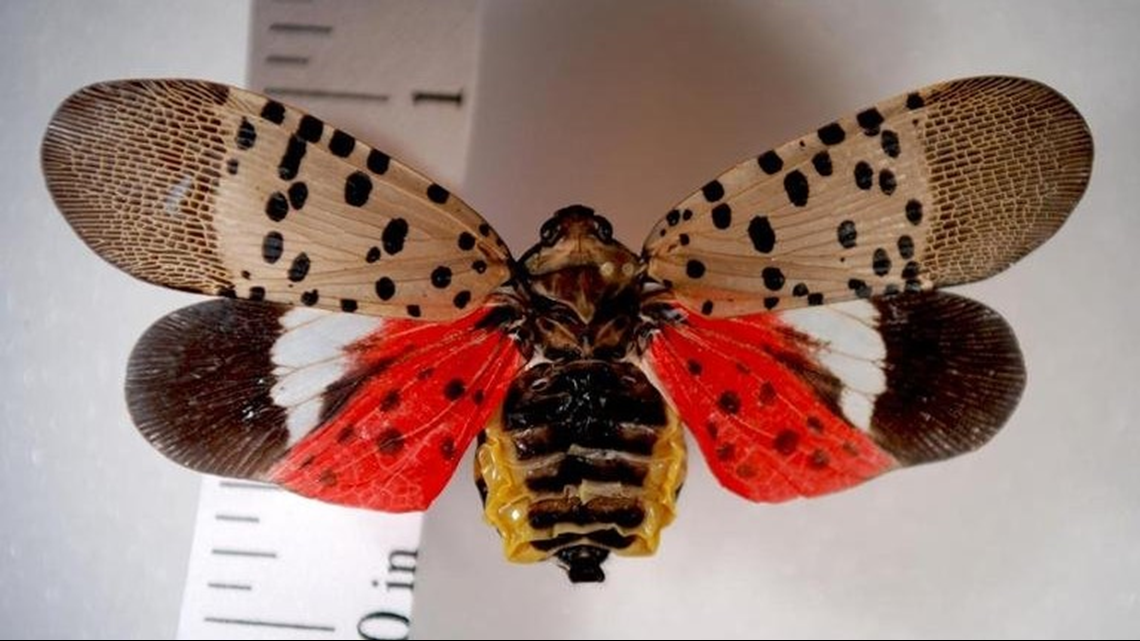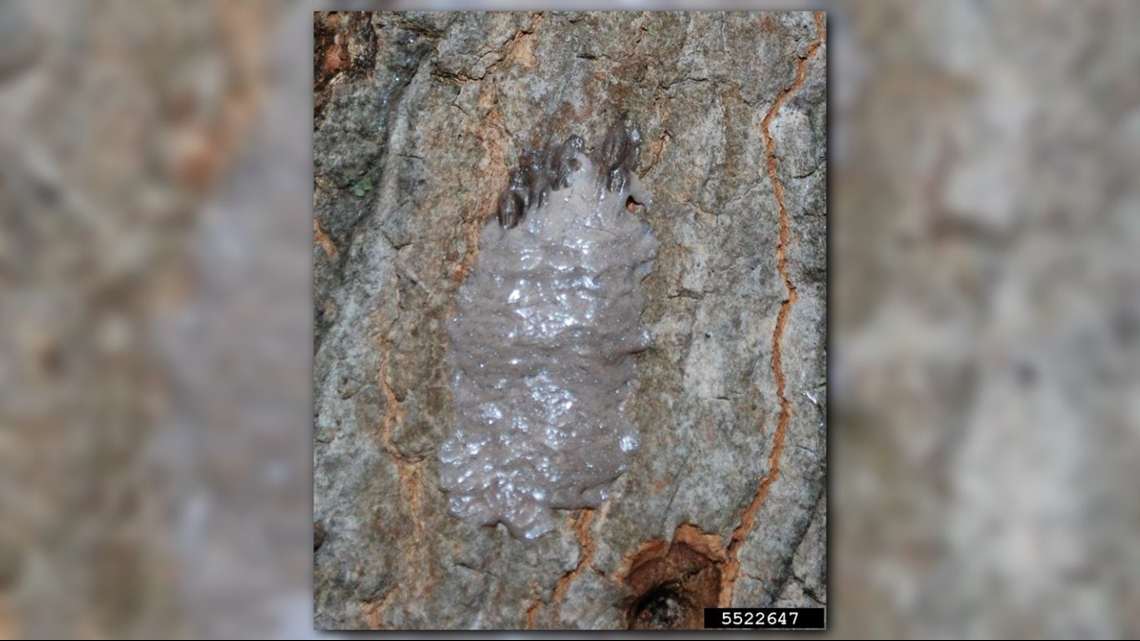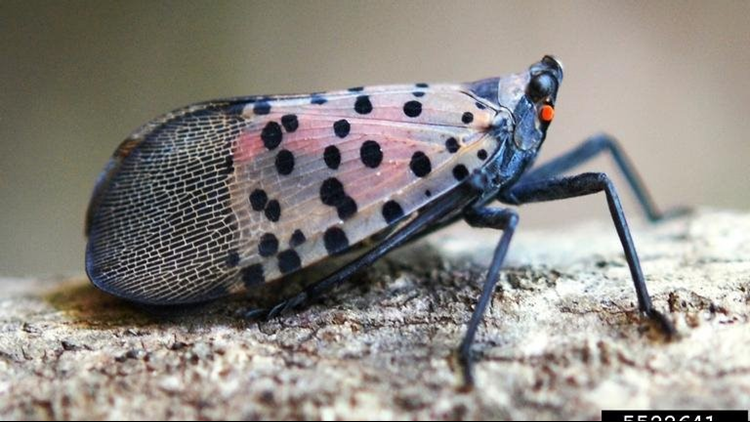BUFFALO, NY-- The New York State Departments of Environmental Conservation (DEC) and the Agricultural and Markets (DAM) are asking residents to be on the lookout for an invasive species new to the area.
The spotted lanternfly was first found in Pennsylvania in 2014, but was discovered in New York last fall. At the time, there was only one and it was deceased.
"DEC and our partners at the Department of Agriculture and Markets are closely tracking the spotted lanternfly, a destructive invasive pest, as part of our ongoing efforts to prevent its establishment and spread in New York. This pest has the potential to severely impact our forests, as well as our state's agricultural and tourism industries," DEC Commissioner Basil Seggos said in a press release. "New Yorkers are our eyes on the ground and engaging the public's participation to support our efforts is a crucial step in preventing the spotted lanternfly from establishing itself in our state."


The spotted lanternfly, which originates in Asia, could cause damage to crops such as apples, grapes and hops.
Young spotted lanternflies are black with white spots. They turn red before they become adults. Adult spotted lanternflies look like moths and begin appearing in July.
Here are some signs of a spotted lanternfly:
- Sap oozing or weeping from tiny open wounds on tree trunks, which appear wet and give off fermented odors.
- One-inch long egg masses that are brownish-gray, waxy and mud-like when new. Old egg masses are brown and scaly.
- Massive honeydew build-up under plants, sometimes with black sooty mold.


The DEC says the spotted lanternfly lays eggs on surfaces like vehicles, stone, outdoor furniture and firewood.
If you see the spotted lanternfly, you're asked to send pictures to the DEC along with information on where you found the insect and any egg masses or infestations signs to spottedlanternfly@dec.ny.gov.
If you visit Pennsylvania, you should check your vehicle and gear before leaving and scrape off any egg masses.
For more information, you can check out the NYS DEC website.



